NOTE: We updated this post in 2017 and made a video about it. Take a look at the newer version! In the last simpawtico post, I shared the first Master Key about how to replace “No” with something else more effective. In conjunction with that, the second Master Key is one that on the one hand is a challenge for us HUMANS to make a habit of; on the other hand, we’re probably already doing it!
Don’t use your dog’s name as part of a correction.
Dogs are really, really responsive to classical conditioning. And thus, you always want your dog to have a positive association with his or her name. Every time you say it, it should be accompanied by good feelings in the dog’s mind. Hissing it or shouting it with exasperation and frustration all the time will only pair those negative feelings with it, and then behavioral reliability erodes from there. This is an important consideration when training a reliable come. If you call your dog and there is some hesitation inside, like “Am I going to get in trouble when I get over there?” then you will get distraction and ultimately unreliability.
I mean would YOU want to come and sit next to someone who acted like they were just pissed off at you all the time?
As I said, this is a difficult thing to master because humans are very name oriented and we don’t (generally) carry bad feelings if someone says our name in frustration or anger. I’ve been training a long time, but when I come downstairs and find that my bulldog has plowed through the trash can, I STILL pull out my hair and shout, “DEXXXXXTTTTTEEEERRRRR!!!!!” And I know better! We humans make a lot of mistakes.
So, say it nicely. Always. Even when you’re mad. Whenever you say your dog’s name, say it with an upbeat lilt in conjunction with praise and fun activities. This goes for cues and markers too. Get used to making every cue upbeat, peppy and cheerful along with his or her name. If you’re going to use a No-Reward Marker, be indifferent, robotic and almost businesslike; the point is not to intimidate, but to communicate.
The Best Name-Based Strategy: DOGCON!
The DogCon system developed by behavioralist and veterinarian Dr. Ian Dunbar is another effective way to capitalize on some good strategy when using your dog’s name. It works by having three names for your dog:
- The “familiar” name, an everyday, “buddy” name, or nickname
- The formal name
- The “show name”
This is pretty simple and I’ll bet most of you already have this more or less in place. Here’s an example with my Bulldog:
- He’s my best pal. I call him Dexxie, Dess, MacGooch, Gooch, and a few other things I won’t put it print here.
- His formal name is Dexter.
- His “show” name is his full AKC name, “Dexter Augustus.”
Using these names codes the following request for the dog.
Here’s how that works:
- Familiar name: the following request is a suggestion. I’d like for you to do it, but if you don’t want to it’s not really a big deal.
- Formal name: the following request is not optional, I need you to do it immediately or I will follow up.
- Show name: the following series of requests will require your utmost effort and performance, this is a temporary situation, but I’m counting on you.
We do this stuff all of the time with our friends and family. Between my parents and extended family I had dozens of nicknames. My wife and I have almost as many pet names for each other.
Everyone I’ve spent any time with has friends and family that are just the same. And holy smokes if someone said my whole legal name you’d better believe they got my undivided attention. Dogs are family, and I’m betting you have a truckload of nicknames for your dog too. SO USE THEM! Your dog will get it.
Plus, not every request you make to your dog has to be an order, just like with our human companions. Sometimes we ask things that are really suggestions. We don’t follow up on every single little thing like it’s life or death, so why do we feel the need to do that with our pet dogs? Think also of a mother (maybe even your mother). Mothers do this kind of thing all of the time:
- “Hey Stufty, wanna come sit with me?” “Maybe in a bit, mom. I’m working on something.” “Ok, no problem.”
- “Tim, hand me that.” “Ok, here it is.”
- “Timothy Joseph, you stand right here and don’t move.”
You see how that works?
In Practice
Please don’t assume that DogCon levels equal “in trouble.” Sometimes it’s just a safety issue, sometimes it’s just a management thing, and sometimes as DogCon 3 suggests it’s a performance. Being cognizant of how the little things make a big difference is a tremendous tool in training your dog to be happy, healthy and well-behaved. Think about how you use your dog’s name (and nicknames) and start implementing the strategy in your daily life. It’ll surprise you!
And if you need to teach your new puppy their name, or change an adopted dog’s name, I’ve got you covered with a post about just that.
All right! That’s the end of our discussion about DogCon and how to use it during training. I hope you feel more confident in how to practice this strategy with your pup! Til next time, keep learning and keep practicing!
P.S. Don’t forget to follow us on Facebook for more fun pup tips!


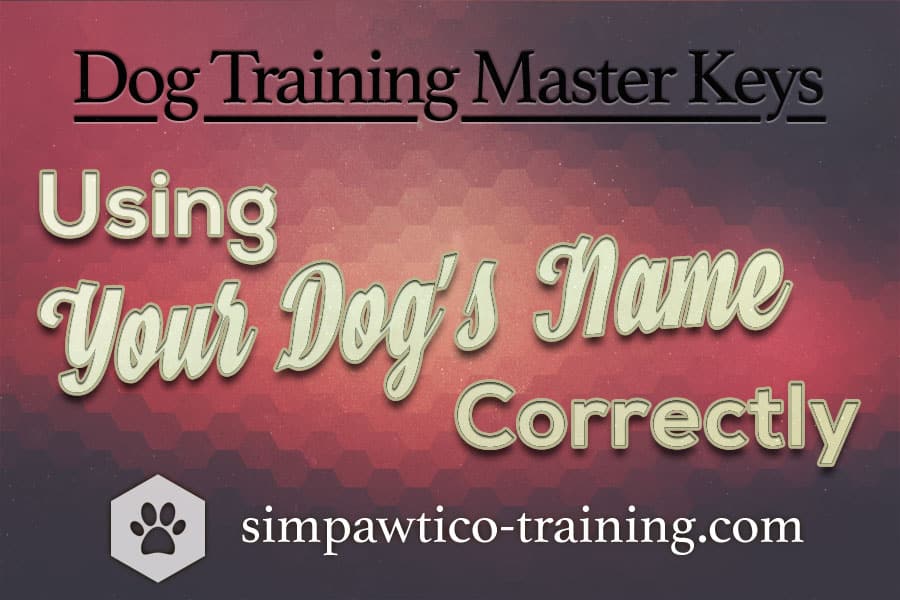
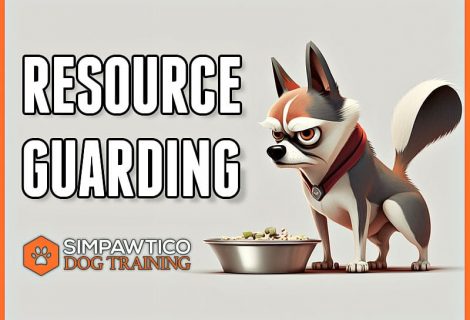
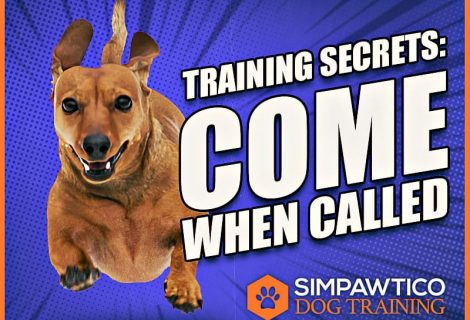
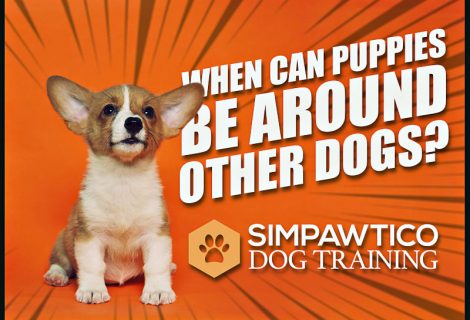

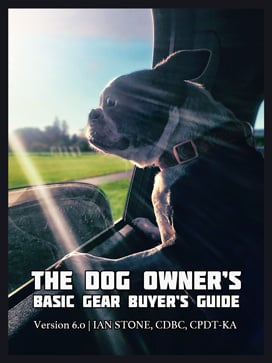


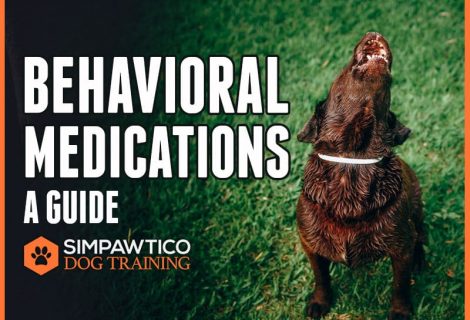
Excellent blog you have here.. It’s difficult to find good quality writing like yours nowadays. I truly appreciate individuals like you! Take care!!